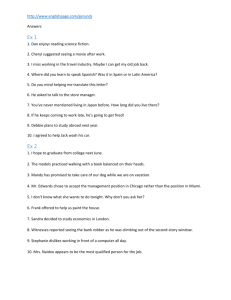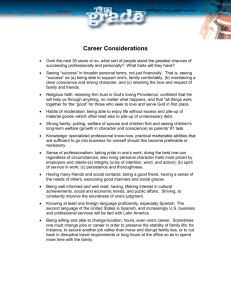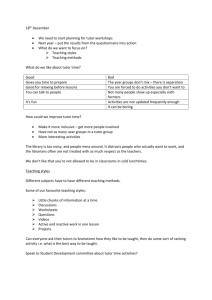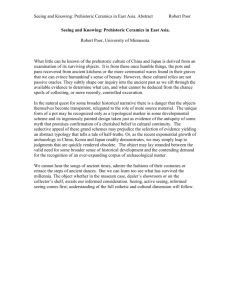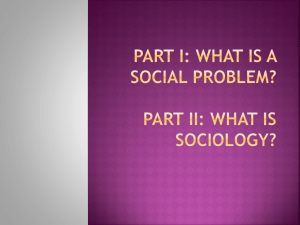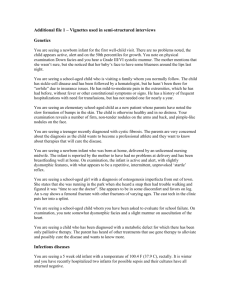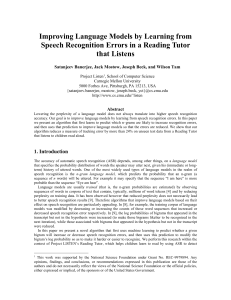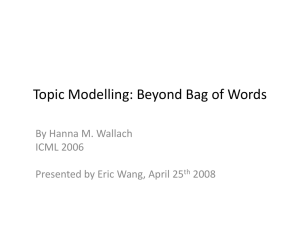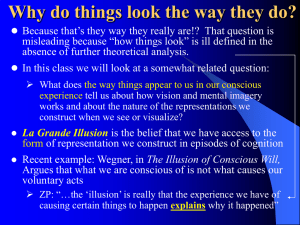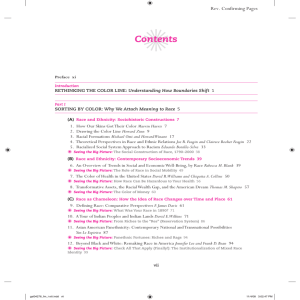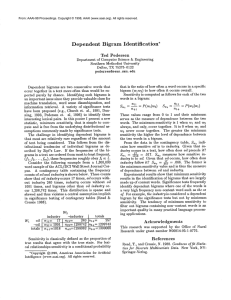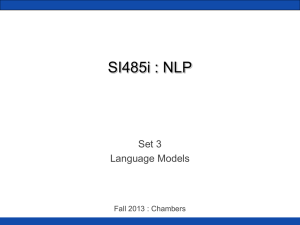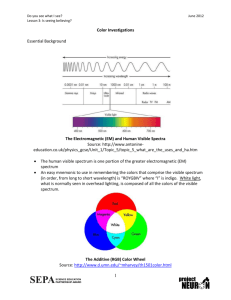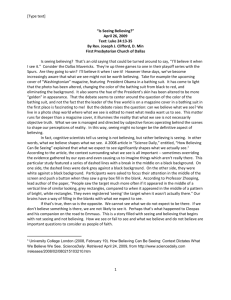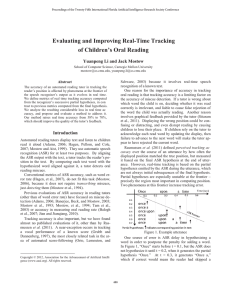SSSR2012 context sym..
advertisement
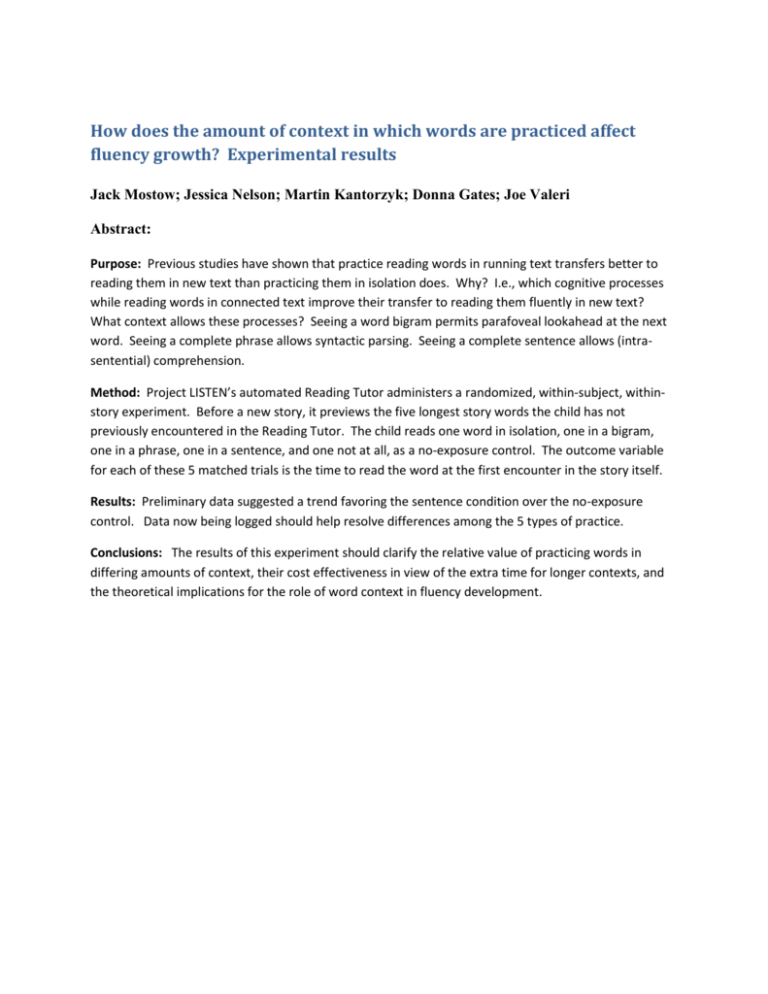
How does the amount of context in which words are practiced affect fluency growth? Experimental results Jack Mostow; Jessica Nelson; Martin Kantorzyk; Donna Gates; Joe Valeri Abstract: Purpose: Previous studies have shown that practice reading words in running text transfers better to reading them in new text than practicing them in isolation does. Why? I.e., which cognitive processes while reading words in connected text improve their transfer to reading them fluently in new text? What context allows these processes? Seeing a word bigram permits parafoveal lookahead at the next word. Seeing a complete phrase allows syntactic parsing. Seeing a complete sentence allows (intrasentential) comprehension. Method: Project LISTEN’s automated Reading Tutor administers a randomized, within-subject, withinstory experiment. Before a new story, it previews the five longest story words the child has not previously encountered in the Reading Tutor. The child reads one word in isolation, one in a bigram, one in a phrase, one in a sentence, and one not at all, as a no-exposure control. The outcome variable for each of these 5 matched trials is the time to read the word at the first encounter in the story itself. Results: Preliminary data suggested a trend favoring the sentence condition over the no-exposure control. Data now being logged should help resolve differences among the 5 types of practice. Conclusions: The results of this experiment should clarify the relative value of practicing words in differing amounts of context, their cost effectiveness in view of the extra time for longer contexts, and the theoretical implications for the role of word context in fluency development.

